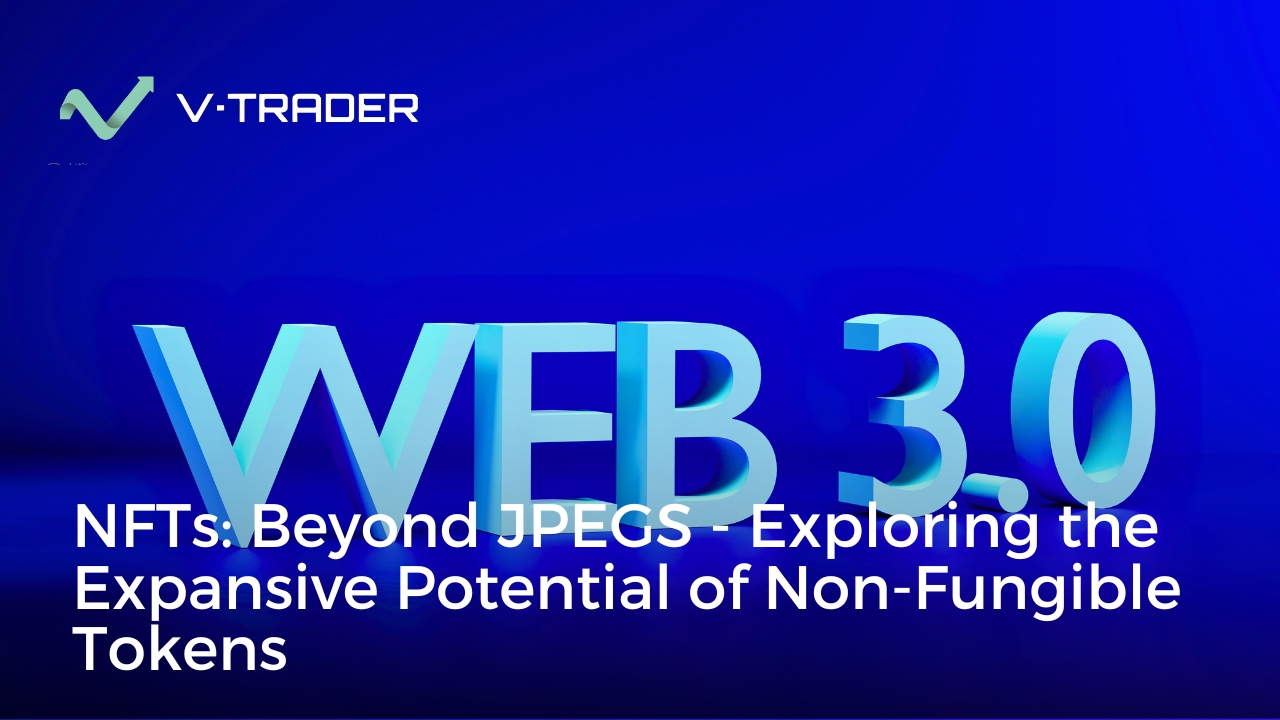Introduction:
Web3, the next phase of internet development, promises to revolutionize the way we interact with digital platforms and services. Central to the ethos of Web3 is the principle of building a transparent and permissionless internet, which aims to empower individuals, foster decentralization, and enhance trust in online interactions. This article delves into the concept of Web3, its core principles, and its potential to reshape the digital landscape in accordance with international journalism standards.
Understanding Web3:
Web3 represents a paradigm shift from the traditional Web2 model, where centralized entities govern and control digital ecosystems. Web3 is built on blockchain technology, which enables decentralized networks, smart contracts, and cryptographic security. It emphasizes the importance of user sovereignty, data privacy, and peer-to-peer interactions, fostering a more equitable and inclusive digital environment.
Transparency in Web3:
One of the fundamental tenets of Web3 is transparency. By leveraging blockchain’s distributed ledger technology, Web3 aims to provide a verifiable and tamper-proof record of transactions, data, and interactions. This transparency enhances accountability and trust, allowing users to have greater visibility into the inner workings of digital platforms and ensuring that information is accessible to all stakeholders.
Permissionlessness in Web3:
Web3’s permissionless nature is another critical aspect that distinguishes it from its predecessors. In Web2, users rely on centralized intermediaries to access and utilize digital services. Web3 eliminates these gatekeepers by employing decentralized protocols and smart contracts, enabling direct peer-to-peer interactions. This empowers individuals to have full control over their digital assets, identities, and transactions, without requiring permission from any central authority.
Implications of Web3:
1. Decentralized Finance (DeFi):
Web3 has catalyzed the rise of decentralized finance, or DeFi, which aims to recreate and improve traditional financial systems using blockchain technology. DeFi platforms offer various financial services, such as lending, borrowing, and asset management, without the need for intermediaries. This democratizes access to financial tools and empowers individuals to take control of their financial lives.
2. Enhanced Privacy and Data Ownership:
Web3 prioritizes user privacy and data ownership. Through cryptographic techniques, individuals can maintain control over their personal data and selectively share it with trusted parties. This shift away from centralized data silos reduces the risk of data breaches and surveillance, empowering users to protect their digital identities and maintain their privacy online.
3. Digital Governance and DAOs:
Web3 introduces the concept of decentralized autonomous organizations (DAOs), which are community-driven entities governed by smart contracts. DAOs enable transparent decision-making and allow participants to have a direct say in the development and governance of platforms, protocols, and applications. This inclusive approach encourages collaboration, and diversity of perspectives, and reduces the concentration of power.
4. Internet of Things (IoT) and Web3:
The integration of Web3 with the Internet of Things (IoT) has the potential to create a more secure and efficient ecosystem. By utilizing blockchain’s immutability and smart contract capabilities, Web3 can establish trust and enable secure data exchange between interconnected devices. This can enhance the privacy, reliability, and interoperability of IoT systems.
Also, Read Binance Issues Cease and Desist Order to Binance Nigeria Limited.
Challenges and Considerations:
While the concept of Web3 holds great promise, it also presents challenges that journalists should address in accordance with international journalism standards:
1. Scalability and Energy Consumption:
Web3 technologies, particularly blockchain, face scalability issues, and high energy consumption. Journalists should critically analyze the environmental impact of these technologies and report on ongoing efforts to develop scalable and energy-efficient solutions.
2. Regulatory and Legal Considerations:
Web3’s permissionless and decentralized nature poses challenges for regulators and legal frameworks. Journalists should explore the legal implications, potential risks, and evolving regulations surrounding Web3 to ensure readers are informed about the legal landscape and associated risks.
Also, Read: China Prepares to Inject Trillions of Dollars into Cryptocurrencies
3. Inclusivity and Accessibility:
Web3 technologies should strive to be inclusive and accessible to all individuals, regardless of their technical knowledge or socioeconomic status. Journalists can play a vital role in highlighting initiatives, projects, and developments that aim to bridge the digital divide and ensure equitable access to Web3.
Conclusion:
Web3 represents a paradigm shift towards a transparent and permissionless internet, offering exciting possibilities for individuals and communities. Journalists, in adherence to international journalism standards, should provide comprehensive coverage of Web3’s principles, potential, challenges, and implications. By doing so, they contribute to a well-informed public understanding of the transformative power and the ongoing evolution of Web3.
Written by Agbo Obinnaya.
Check out our Ethereum Gas Fee App on App Store.
Check out our Ethereum Gas Fee App on Play Store.
Join the conversation on Twitter: Click here.
For media inquiries or interviews, please get in touch with us here.
About vTrader News:
vTrader News is a renowned international news platform with comprehensive coverage of cryptocurrency, business, finance, technology, and entrepreneurship.
With a global readership, vTrader News provides unparalleled insights into the latest developments shaping the world of cryptocurrency, finance, and other emerging industries.
Learn More About vTrader: Click here.


